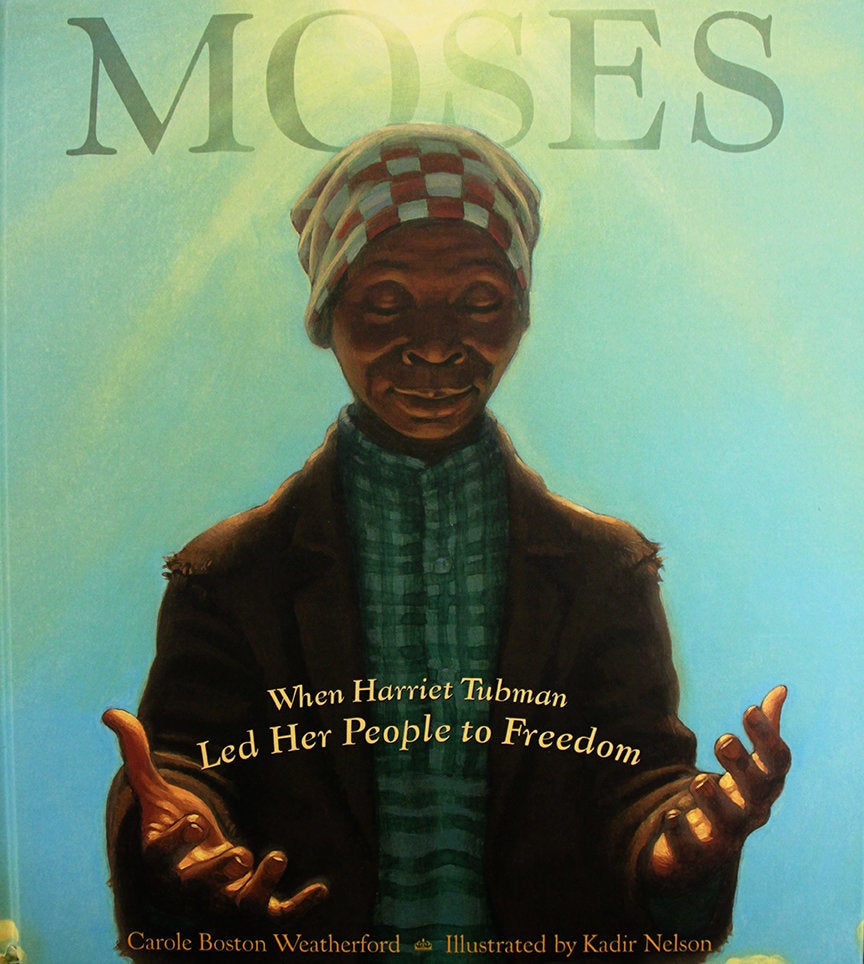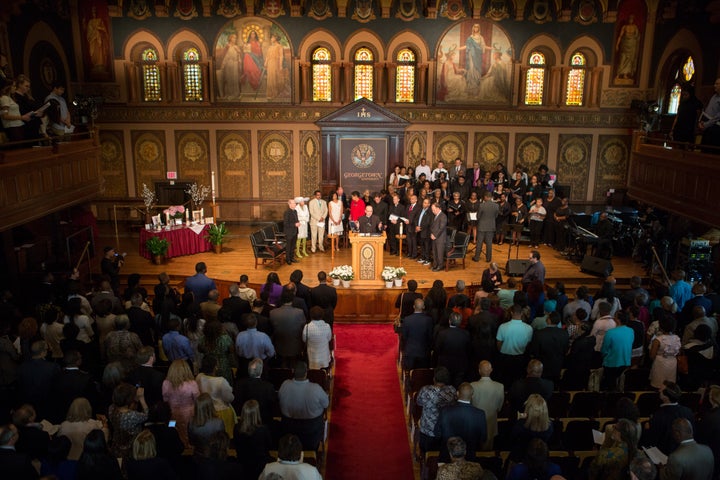
In 1838, 272 slaves were forced to board ships in America’s capital and sold like cargo to plantations in Louisiana. The sellers were Jesuits, part of the Catholic religious order that helped establish Georgetown University.
The enslaved people were men, women, and children whose families would soon be ripped apart so that the college could pay off its debts.
Just 178 years later, the current leader of that religious order stood in front of more than 100 descendants of those slaves and repented for his predecessors’ sins.
“We have greatly sinned, in our thoughts and in our words, in what we have done, and what we have failed to do,“ Rev. Timothy Kesicki, president of the Jesuit Conference of Canada and the United States said on Tuesday.
“We are profoundly sorry — it is our very enslavement of another, our very ownership of another, culminating in the tragic sale of 272 women, men, and children that remains with us to this day, trapping us in a historic truth, for which we implore mercy and justice, hope and healing.”
The formal apology was part of a service of “Remembrance, Contrition and Hope” held on Tuesday at Georgetown University. The service was hosted by the university, the Jesuit order, formally known as the Society of Jesus, and the Catholic Archdiocese of Washington.
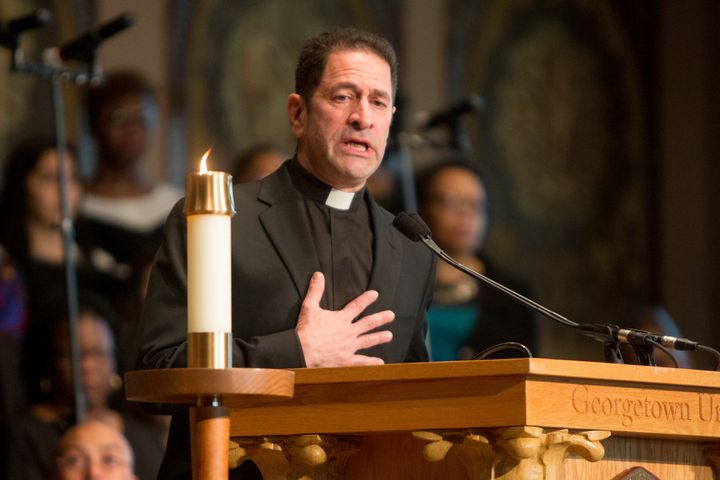
Onita Estes-Hicks, whose great-grandparents were part of the 272 individuals sold by Georgetown University, had often wondered why her family was Catholic. Some relatives had been named Nace, after Ignatius of Loyola, who founded the Jesuit order.
“We’re tied to [the Jesuits] by name, by rosaries and by religion,” Estes-Hicks told CNN.
Maryland’s Jesuit priests required slaves to attend Mass, taught them to pray the rosary, and allowed them to participate in the sacraments, such as Eucharist and marriage. But the priests’ apparent concern for enslaved people’s spiritual welfare didn’t extend to concern for their physical bodies and liberation.
Estes-Hicks said she had been shocked to find out that Catholic priests had sold her ancestors. For her, the formal apology was just a beginning.
“I could see a lot of the descendants were in tears,” she told CNN. “This is all new territory. It’s moving something around in American history, in family history and in ourselves.”
During the service on Tuesday, another descendant of the 272 enslaved people, Sandra Green Thomas, said that the apology was a positive step, but just the beginning ― since the pain of her ancestors is still present.
“Their pain is unparalleled, their pain is still here, it burns in the soul of every person of African descent in the United States, it lives in people, some of whom have no knowledge of its origins, but who cope with the ever-present longing and lack it causes,” said Thomas.
“And so, I return. No, we the descendants return to the home place, to our ancestor’s home place acknowledging contrition, offering forgiveness, hoping for penance, and more importantly seeking justice for them and ourselves.”
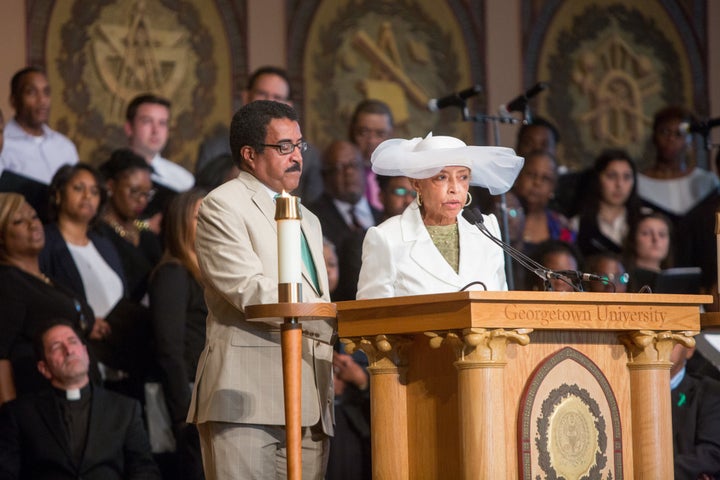
Georgetown President John J. DeGioia called slavery the “original evil of our Republic ― an evil that our university was complicit in.”
“[It was] a sin that tore apart families,” DeGioia said during the service, “that through great violence, denied and rejected the dignity and humanity of our fellow sisters and brothers. We lay this truth bare – in sorrowful apology and communal reckoning.”
When Jesuit priests arrived in Maryland in the 1600s, they used profits from plantations to help fund their ministries. These plantations were first manned by indentured servants. But as that labor supply ran dry, the Jesuits turned to slaves, who were often donated by parishioners. In its early days, Georgetown University depended on the labor of these enslaved men and women to support the college.
Over the past year, the university has been confronting its historic role in the the slave trade and seeking ways to move towards reconciliation.
Acknowledging demands from its students, the university has also renamed two buildings that formally bore the names of Georgetown presidents Rev. Thomas F. Mulledy and the Rev. William McSherry, who were involved in the sale.
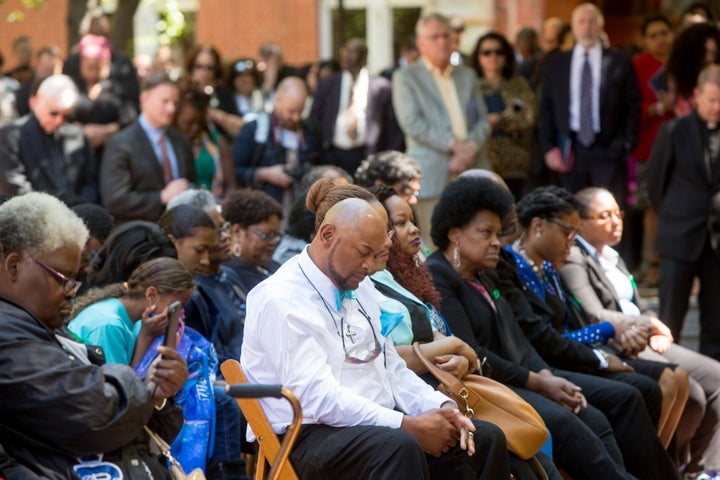
One building was dedicated on Tuesday to Isaac Hawkins, the first of the 272 people who appear on a list of individuals for sale drafted by Mulledy. The second was renamed in honor of Anne Marie Becraft, a 19th-century free woman of color who founded one of Georgetown’s first schools for black girls and later became one of the United States’ first black nuns.
Along with the public demonstration of repentance, the college also held private dialogue and vigils with descendants. During a tree ceremony and libation ritual, participants spread soil from West Oak Plantation in Louisiana, where descendants of Isaac Hawkins were forced to work, over the roots of a white oak tree.
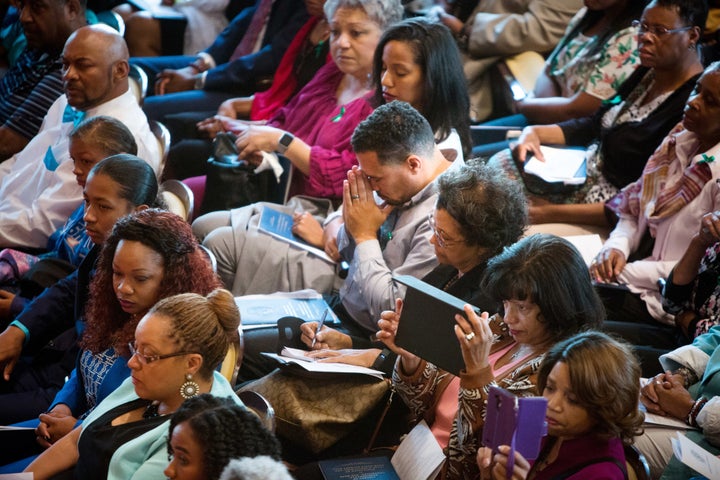
Many of the American Ivy League schools have ties to the slave trade. But historians say the 1838 sale organized by Jesuits at Georgetown University stands out for the large number of people exchanged for money.
A group of Georgetown professors and students have worked together over the past year to trace the living descendants of the men and women who were sold to keep the school running. The group has helped establish a new department of African American studies, and pushed for greater diversity on campus.
Georgetown has previously announced that it would give descendants preferential treatment in its admissions process.

Delores Williams Johnson, a descendant of Isaac Hawkins who lives in Illinois, told Religion News Service that she wasn’t ready to forgive.
“I think in one sense it has taken a lot of effort on the descendants’ parts to push Georgetown and the Jesuits to acknowledge us and not dictate to us,” said Williams Johnson. “There has to be ongoing meaningful conversation.”

